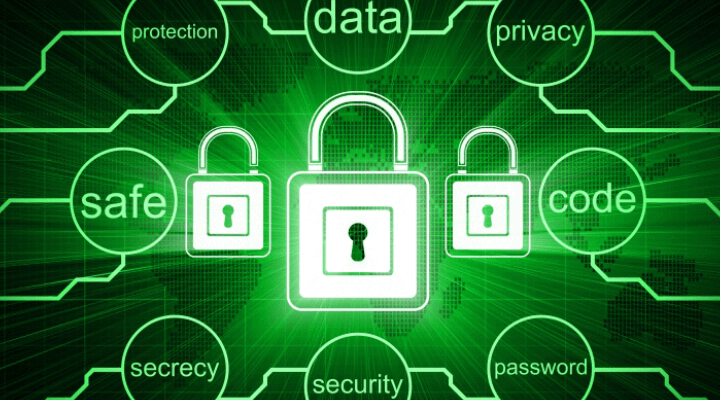In today’s open-source headlines . . .
Yesterday morning, in the White House blog, Director of the Office of Management and Budget Shaun Donovan, along with Beth Cobert (Acting Director of the U.S. Office of Personnel Management), Michael Daniel (Special Assistant to the President and Cybersecurity Coordinator), and Tony Scott (U.S. Chief Information Officer) released “Strengthening the Federal Cybersecurity Workforce Strategy.” The purpose of the strategy is to “grow the pipeline of highly skilled cybersecurity talent entering federal service, and retain and better invest in the talent already in public service.”
Donovan opens the blog with this context: “Every day, Federal departments and agencies face sophisticated and persistent cyber threats that pose strategic, economic, and security challenges to our Nation. Addressing these cyber threats has required a bold reassessment of the way we approach security in the digital age and a significant investment in critical security tools and our cybersecurity workforce.”
Donovan, et. al. explain, “The Federal cybersecurity workforce has the exciting and challenging mission of protecting government information technology (IT) systems, networks, and data from sophisticated adversaries; safeguarding sensitive data; supporting our Nation’s financial, energy, healthcare, transportation, and other critical systems; and securing our critical infrastructure and intelligence systems. However, the supply of cybersecurity talent to meet the increasing demand of the Federal Government is simply not sufficient.”
Federal Times’ Aaron Boyd writes about the new strategy, “The cybersecurity challenge has a number of dimensions, not the least of which is finding enough qualified people who truly understand the problem and potential solutions.”
So for cybersecurity and IT-wonks, this is all (sort of) good news, because it means jobs, and lots of them in the years ahead. For the rest of us, maybe not so much.
Cyberwarfare, Stuxnet and Star Trek
Let’s back up a little for some perhaps too paranoid (but I don’t think so) context.
On August 6, 2013, Former CIA and National Security Agency Director Michael Hayden characterized the future of cyberwar, telling the audience at the Grand Hyatt Washington in response to a question by The Guardian’s Spencer Ackerman , “Somebody just used a new weapon, and this weapon will not be put back into the box.” With last Friday’s release of Alex Gibney’s Zero Days—which dives deep into Stuxnet—those words will echo and resonate as more and more people around the world understand that we’ve all just made an evolutionary leap, in warfare, a leap Hayden compares to the advent of nuclear weapons.
Moments before Hayden’s “back into the box remark,” in what’s a strange moment of contrition uncharacteristic of Hayden—or most in his field—Hayden said, “I am Catholic by tradition—bless me Father, I have sinned, because I was part of it. We could be accused of nudging the militarization of cyberspace in that direction by the way we talked about it as a nation and by the way we have organized ourselves as a nation.”
Excuse me?
I’m reminded of Star Trek’s first-season episode “A Taste of Armageddon,” in which computers determine battle losses and the people of Eminiar VII politely take their places in disintegration booths. Kirk says, “We don’t make war with computers and herd the casualties into suicide stations.”
I digress, but, yes, we do make war with computers, Jim.




